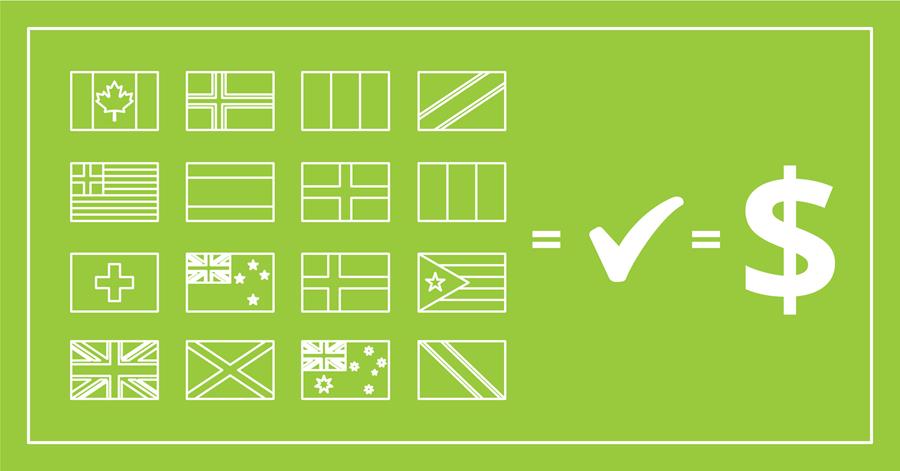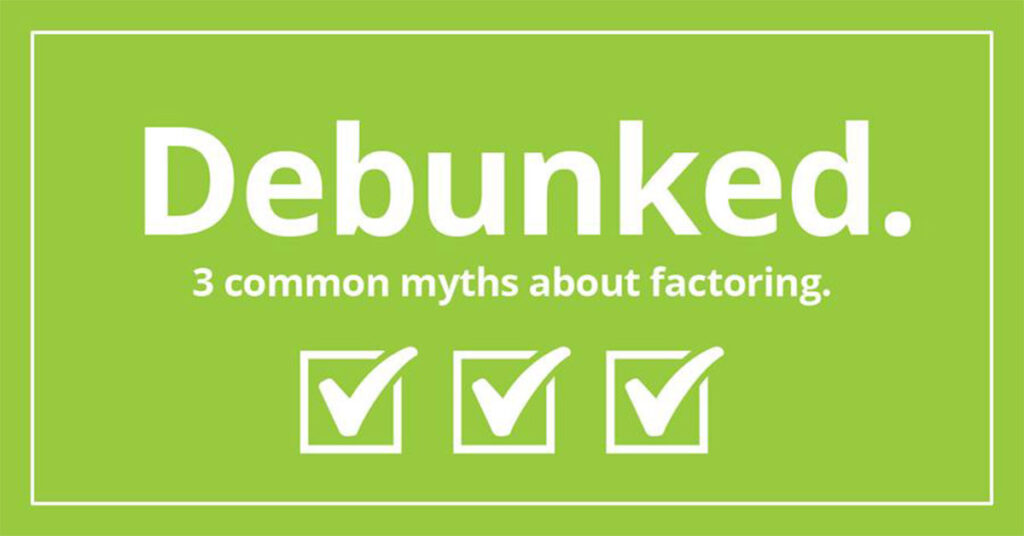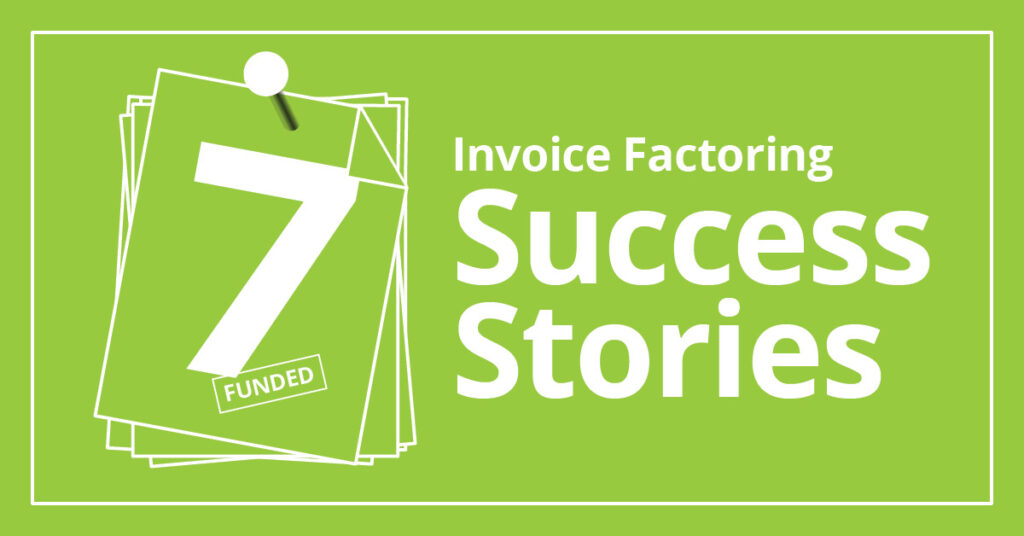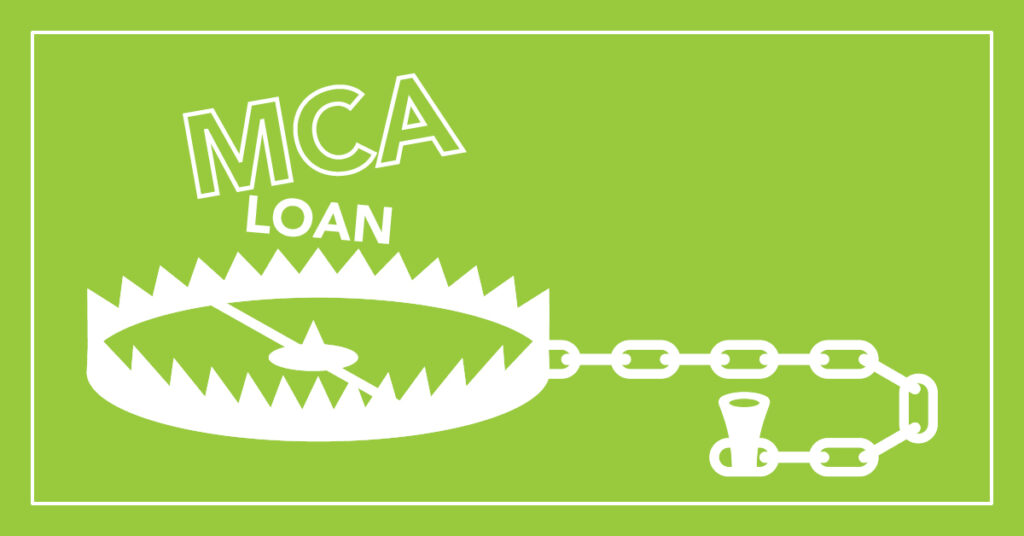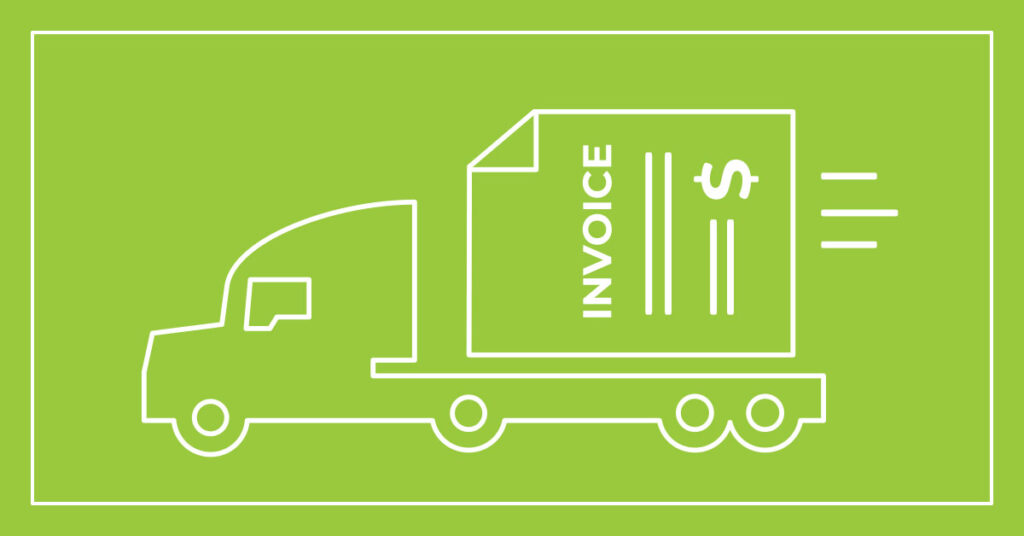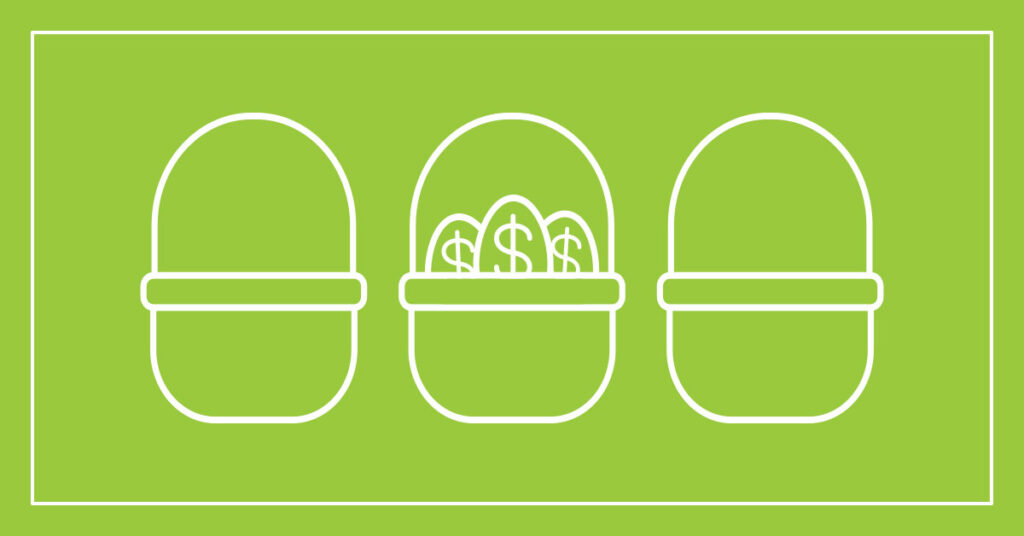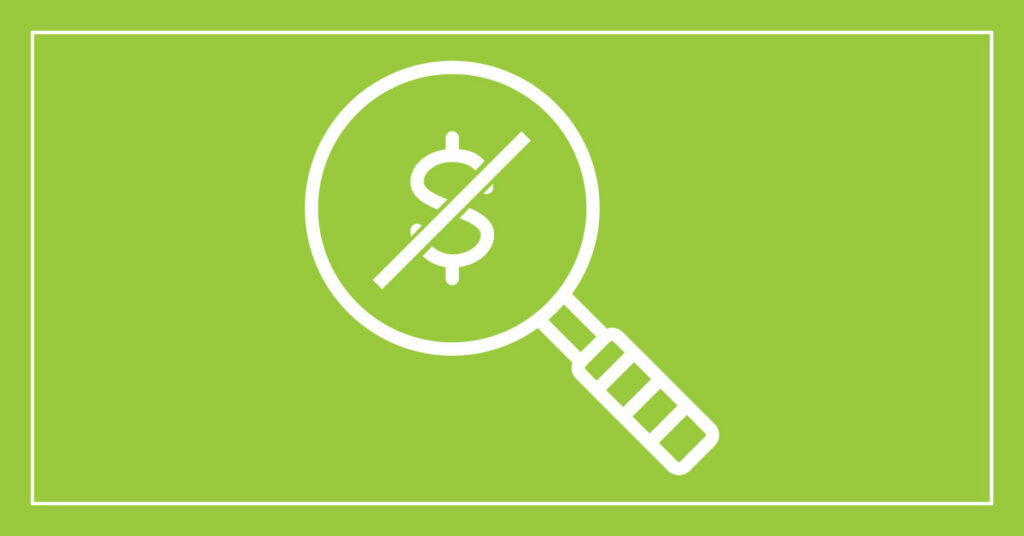FACTORING RESOURCES
Can releasing collateral actually improve your chances of getting paid back?
Jul 24, 2020

In a thriving economic environment, banks and commercial finance companies often have the opportunity to work with growing businesses. With a flourishing business, working capital solutions are often relatively straight-forward as there is more collateral available to secure debt.
In a downward or volatile economy, access to capital, much less working capital, becomes significantly more challenging. While financial institutions may be operating more conservatively, much of the difficulty is a result of reduced sales and financial losses leading to a reduction in available collateral.
In particular, if a company already has a loan or maxed out line of credit, both the bank and the borrower are essentially stuck. The bank isn’t able to be paid off because of the poor economic environment and the borrower doesn’t have the ability to pay down their debt, yet they need the working capital for their business to make it through.
An unconventional solution: Give up collateral in the short-term
We’ve found if the bank detects certain trends early on, a partner like Catalyst could be the answer to help both bank and borrower. A few indicators that might indicate the borrower is struggling and could be a good fit to have Catalyst step in:
- Primary collateral for line of credit is accounts receivables
- Line of credit is maxed out with repeated asks for an increase
- Customer needs more working capital to keep their business operating
- Client unable to maintain financial covenants
- Negative trending financials
Since the collateral for this type of facility is accounts receivables, this type of deal requires the bank to agree to let the borrower have access to their collateral. While it may feel counterintuitive, in our experience, it usually benefits the bank in the long-run. By giving up some or all of the immediate claim to the A/R, the borrower can then enter into a factoring agreement. As long as the deal is structured to ensure the bank is part of the process, it can improve their position and reduce exposure.
What are some of the options for structuring a deal?
It’s very important to identify the need for this type of deal as early as possible. Additionally, since we have experience developing these types of financing arrangements, we can help banks identify companies that would be a good fit.
A few general options that we can consider:
- A partial pay down with the balance paid out over time
- A specific dollar amount of subordination limiting how much the borrower can access with another financing firm
- A specific account debtor carve out in order to provide additional working capital
- No immediate pay down to the bank but the bank receives a small amount out of each funding from the new financing facility
The solution should be tailored to the exact situation and will require flexibility on everyone’s part. It’s important that the transaction be structured based on the bank and borrowers needs versus what the finance company’s benefits.
Recent example: Getting the customer back to the bank
Challenge: We were approached by a bank that provided financing to a young fabrication company. Their primary collateral for a line of credit was their A/R. Unfortunately, the line of credit (LOC) was loosely governed and not tied to a borrowing base. When the oil and gas market began to decline in 2015, the company was upside down and the LOC was completely maxed. The borrower kept asking the bank for more working capital, but the bank couldn’t extend them anymore.
Solution: When the bank contacted us, our team developed a plan where the bank allowed Catalyst to have first position on A/R without any pay down. However, the first funding of every month would be paid directly to the bank to be applied to the termed-out LOC.
Result: The company was able to not only survive but they quickly began to grow in a down cycle in their industry sector. The bank was paid off in full and the company was able to transition away from factoring within a few years. They received a new larger and more structured LOC from the same bank that referred them. The key to this outcome was due to the quick action taken by both the bank and borrower. By allowing us to step-in and provide the financing, they preserved their customer’s business and were able to secure full pay-back.
We all know 2020 has provided situations that both lenders and borrowers could not anticipate. Catalyst is here to help and provide ideas for unconventional solutions that will keep us all moving forward.

